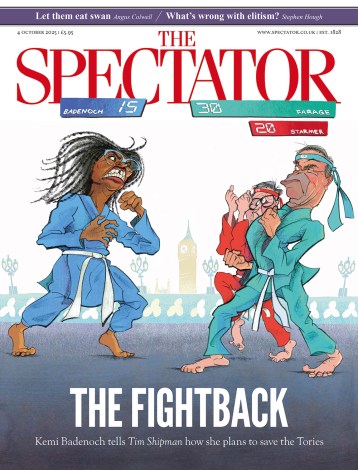Electrifying and strange
‘Where was the Kahlo brow?’ asked my guest in the first interval of English National Ballet’s She Persisted, a triple bill celebrating female choreographers. She was right: Frida had been plucked. It was an odd decision for a production that does not otherwise shy from ugliness. Broken Wings, a ballet inspired by the life of Frida Kahlo by Belgian-Colombian choreographer Annabelle Lopez Ochoa, was first performed in 2016 and is revived here in a carnival of Tehuana skirts, antler bonnets and capering day-of-the-dead skeletons. The surrealist André Breton likened Kahlo’s art to ‘a ribbon around a bomb’ and that is Katja Khaniukova’s Kahlo: silken and explosive. We see her first




















